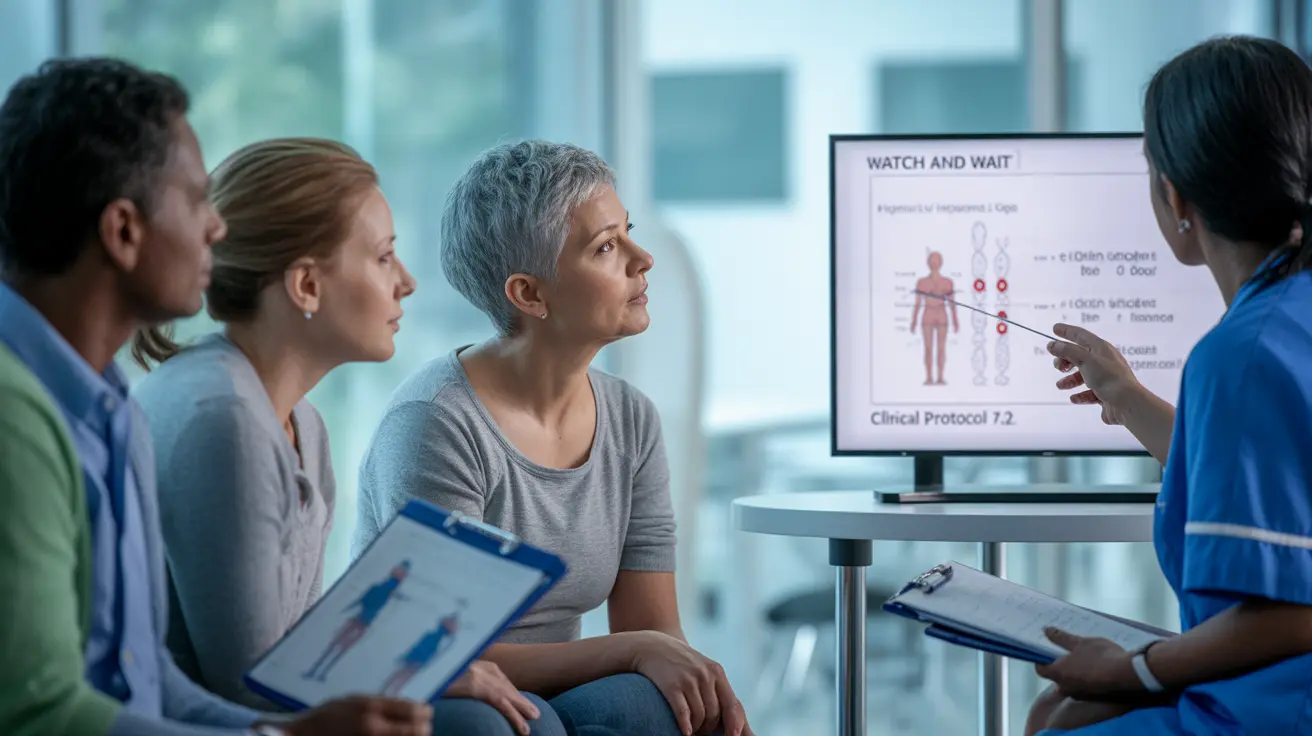Living with chronic lymphocytic leukemia (CLL) raises many important questions about survival and treatment timing. For many patients, understanding their life expectancy without immediate treatment is crucial, as not everyone requires therapy right away. This guide explores the factors that influence CLL survival and what to expect when treatment is delayed.
What Determines CLL Life Expectancy Without Treatment?
The life expectancy for CLL patients who don't receive immediate treatment varies significantly based on several key factors. Modern research shows that many patients, especially those with early-stage disease, can live for many years without requiring active treatment.
Genetic Factors and Disease Markers
Specific genetic markers play a crucial role in determining how CLL progresses without treatment. Patients with mutated IGHV typically experience slower disease progression and better outcomes. Conversely, those with genetic abnormalities like Del(17p) may face more aggressive disease progression and shorter survival times without intervention.
Disease Stage at Diagnosis
The stage of CLL when first diagnosed significantly impacts life expectancy without treatment. Patients diagnosed in early stages (Rai 0-I or Binet A) often have better outcomes and may live for many years without requiring therapy. Those with more advanced disease typically need treatment sooner to maintain quality of life and extend survival.
The Watch and Wait Approach
Many healthcare providers recommend a "watch and wait" approach for patients with early-stage, slow-growing CLL. This strategy involves regular monitoring without immediate treatment intervention.
Benefits of Watching and Waiting
The watch and wait approach allows patients to avoid unnecessary treatment side effects while maintaining their quality of life. Research shows that early treatment doesn't always improve overall survival for patients with stable, early-stage disease.
Monitoring During Watch and Wait
- Blood count trends
- Lymph node size
- Presence of symptoms
- Disease progression markers
- Overall health status
Factors Influencing Survival Without Treatment
Several key elements affect how long someone can live with untreated CLL:
- Age at diagnosis
- Overall health status
- Presence of other medical conditions
- Specific genetic mutations
- Rate of disease progression
- Access to regular medical monitoring
Making Treatment Decisions
The decision to begin treatment should be based on careful consideration of disease progression, symptoms, and quality of life. Regular consultation with healthcare providers helps ensure optimal timing of treatment initiation.
Frequently Asked Questions
What is the typical life expectancy for someone with chronic lymphocytic leukemia (CLL) without treatment?
Life expectancy varies significantly, but many patients with early-stage CLL can live 10 years or more without treatment. The exact duration depends on individual factors like genetic markers and disease progression rate.How do genetic mutations like Del(17p) or mutated IGHV affect CLL survival without treatment?
Mutated IGHV typically indicates better survival prospects without treatment, while Del(17p) often suggests more aggressive disease and shorter survival times without intervention.Can people with early-stage CLL live for many years without needing any treatment?
Yes, many people with early-stage CLL can live for years or even decades without requiring treatment, especially if they have favorable genetic markers and slow disease progression.What factors influence how long a person with CLL may live without starting therapy?
Key factors include age at diagnosis, genetic markers, disease stage, overall health status, presence of symptoms, and rate of disease progression.How does the "watch and wait" approach impact life expectancy in slow-growing CLL cases?
The watch and wait approach typically doesn't negatively impact life expectancy in slow-growing CLL cases. For many patients, it allows them to maintain quality of life while avoiding unnecessary treatment side effects until therapy becomes necessary.




